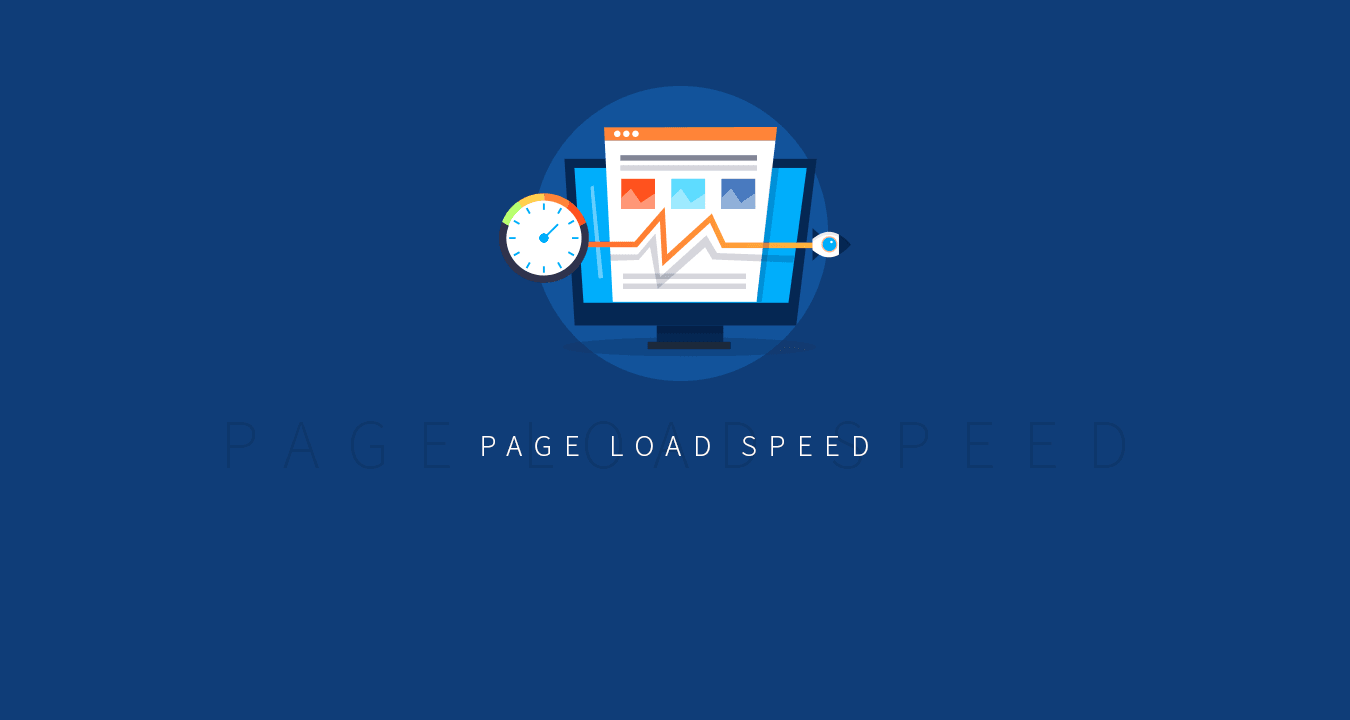We live in a time of technological excellence. Technology has transformed and changed the normal ways of living. Every day a number of websites are launched into the market but not many companies or individuals know how to handle their websites. We can view a website on a mobile device or on a desktop screen. Nowadays, there are more number of users who visit a website from their mobile devices than from a desktop. They can buy a product from an e-commerce website or even book a doctors appointment right from their mobile devices. This ease of use combined with convenience means that conversion rates from mobile sites is higher than that from desktop sites. This leads to the creation of new doctrines that help to design, develop and plan Search Engine Optimization (SEO) from the perspective of mobile users.
We can agree, there are a number of technicalities with respect to a website.One of the top issues when it comes to a website is the ‘Load speed’ especially in mobile devices. This becomes important when Google gets a website, it checks whether or not the website is mobile friendly, this fastens the process of indexing a website which we know is called the ‘mobile first indexing’ which Google stresses on the use of.
Let’s look at some basics of Load Speed and the tricks to make your website load faster.
What is Load speed or Page load time?
To put it in simple words, it’s the amount of time it takes for a page to fully load in the browser after a user has clicked on the website link.
Today, people have less patience and they want everything in a blink of an eye. If a web page takes more than 3 to 4 seconds to load in a mobile, there will be a huge drop in traffic. So the objective is simple- to make my website load faster and within 3 to 4 seconds.
Here are a few ways to make your website pages load faster :
1. Reduce the image resolution and size.
2. Reduce the number of CSS and Javascript.
3. Minifying CSS
4. Deleting the unnecessary commented code and unwanted images.
5. Use of sprite images.
6. Gzip & .htaccess compression.
7. Minifying HTM.
8. Improving server response time.
9. Minifying Javascript.
10. Less use of third-party plugins
1. Reduce the image resolution and size
- This can be done without reducing the quality of the image so that page load speed reduces.
2. Reduce the number of CSS and Javascript
- This will, in turn, reduce the number of HTTPS calls.
3. Minifying CSS
- Minifying CSS is the process of minimizing the file size, here you can compact the CSS code. This can be done by opening CSS minifying tool like https://cssminifier.com/, copy paste the CSS code, and once minifying, downloading the code and uploading it to the server.
4. Deleting the unnecessary commented code and unwanted images
- This means removing the unwanted files in the live server and reducing the size of the live folder.
5. Use of sprite images
- i.e combining all small images into a single big image and based on its position you can write a script call
6. Gzip & .htaccess compression
- it will compress the full source code and upload to the server, it helps the code to load faster
7. Minifying HTML
- Compacting the code helps to speed up the loading and execution time which helps HTML files to load faster in the server.
8. Improving server response time
- This can be done by buying the server option where the server automatically expands its bandwidth with respect to the number of users.
9. Minifying Javascript
- Compacting JavaScript code can save many bytes of data and speed up downloading parsing, and execution time.
This can be done by opening a javascript minifying tool like https://javascript-minifier.com/ copy, paste the javascript code, once minified download the code and upload it to the server.
10. Less use of third-party plugins
- Since we can’t compress javascript and CSS used in third-party plugins.
Some of the best tools that help you in reducing your load speed of the website are https://pagespeed.web.dev/ and https://gtmetrix.com/
Reducing the load speed will help bring down the bounce rate of the website, increase page views, and increase the average time spent per session. This also helps increase conversion rates. Since the users' patience towards waiting for a page to load keeps decreasing day by day, it is necessary for SEO experts and developers to meet the requirements of the user by making their website load speed faster. This also helps your website to rank well in search engines.
Thus, an increase in load speed is directly proportional to an increase in conversion and engagement.





